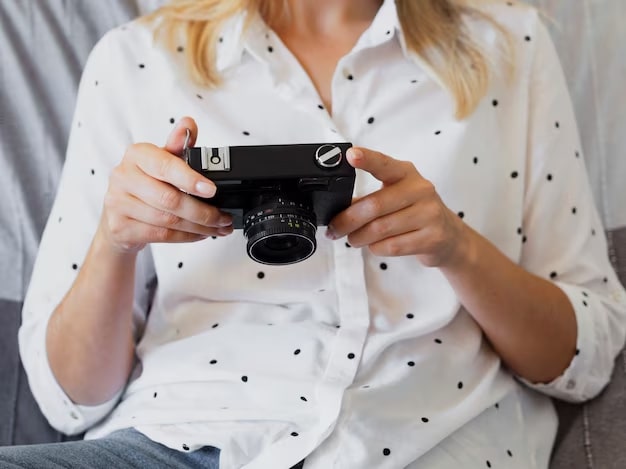Color is an essential tool for visual storytelling. It evokes emotions, sets moods, and influences perceptions. For photographers, understanding how to use color effectively can transform ordinary images into powerful narratives. The skill of utilizing color effectively is not only about aesthetics; it requires an understanding of how different hues can communicate various messages. A color editing app can be a vital resource in this journey. Here are some tips to harness the power of color in visual narratives.
Understanding Color Psychology
Colors have unique psychological effects on viewers. For instance, red often signifies passion or danger, while blue is typically associated with calmness and stability. Knowing the emotional implications of colors can help in selecting the right palette for your story.
Consider the following when planning your color scheme:
- Emotion: What feeling do you want to evoke? Choose colors that resonate with that emotion.
- Theme: Does your story have a specific theme that aligns with certain colors?
- Audience: How might your target audience perceive different colors?
By thoughtfully selecting colors that align with these factors, a photographer can enhance the narrative impact of their work.
The Importance of Contrast
Contrast plays a significant part in drawing attention and creating depth in visuals. High contrast between elements can create a dynamic feel, while low contrast can evoke a softer, more subdued atmosphere.
To utilize contrast effectively:
- Use complementary colors to make subjects stand out.
- Experiment with light and dark shades to create visual interest.
- Consider the balance of warm and cool tones to set the overall mood.
Finding the right balance can significantly affect how a story is perceived. Photographers can manipulate contrast to either highlight key elements or provide a subtle background that supports the main subject.
Crafting a Color Palette

Creating a cohesive color palette is crucial for maintaining visual harmony throughout a series of images. A well-thought-out palette can strengthen a narrative and ensure that images work together seamlessly.
Here are some tips for crafting a strong color palette:
- Choose a Dominant Color: Select one color that will be the focal point in your series.
- Incorporate Accent Colors: Use a few accent colors to add variety without overwhelming the dominant hue.
- Limit Your Palette: Stick to a maximum of three to five colors to maintain cohesion.
A cohesive color palette can enhance the storytelling aspect of photography by creating a unified visual experience.
Using Color in Composition
The way colors are arranged within a frame can greatly influence how a story unfolds. Consider how colors interact with each other and how they guide the viewer’s eye throughout the composition.
- Leading Lines: Use colors to create leading lines that draw attention to the focal point.
- Framing: Surround your subject with complementary colors that help highlight the main theme.
- Negative Space: Utilize negative space with contrasting colors to emphasize the subject and create a sense of balance.
Incorporating these techniques will ensure that colors not only serve their aesthetic purpose but also enhance the narrative flow of the composition.
Post-Processing and the Power of a Color Editing App
Once the capture is complete, the story continues in the editing phase. A color editing app can be invaluable for refining the color dynamics of an image. Adjustments in saturation, brightness, and contrast can dramatically alter the mood and clarity of the narrative.
Using an app like RetouchMe allows photographers to make precise color adjustments that enhance their storytelling without compromising the image’s integrity. Subtle tweaks can transform the overall impact, making the visuals resonate more profoundly with the audience.
Experimenting with Color
Experimentation is a critical aspect of mastering color. Don’t hesitate to break the rules and try unconventional combinations. Sometimes the most unexpected color pairings can yield stunning results.
Here are a few techniques to experiment with:
- Monochromatic Schemes: Use different shades of a single color to create a striking effect.
- Analogous Colors: Combine colors that sit next to each other on the color wheel for a harmonious look.
- Bold Contrasts: Try pairing unexpected colors that clash to create tension or excitement in the image.
Taking the time to experiment can lead to unique discoveries that enhance personal style and storytelling capabilities.
Conclusion
Color is a powerful element in visual storytelling that can evoke emotions and create connections with viewers. By understanding color psychology, utilizing contrast, crafting a cohesive palette, and experimenting with composition, photographers can significantly enhance their narrative skills. The journey doesn’t end with capturing the image; utilizing tools like RetouchMe can further refine and elevate the visual story. In the world of storytelling, every shade has a voice, and every hue has the potential to amplify the narrative.

